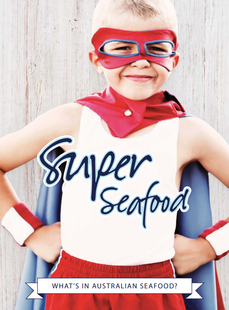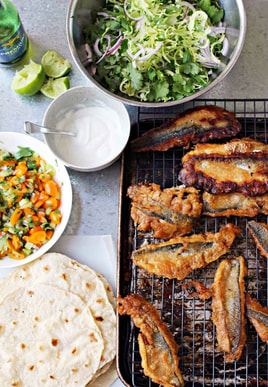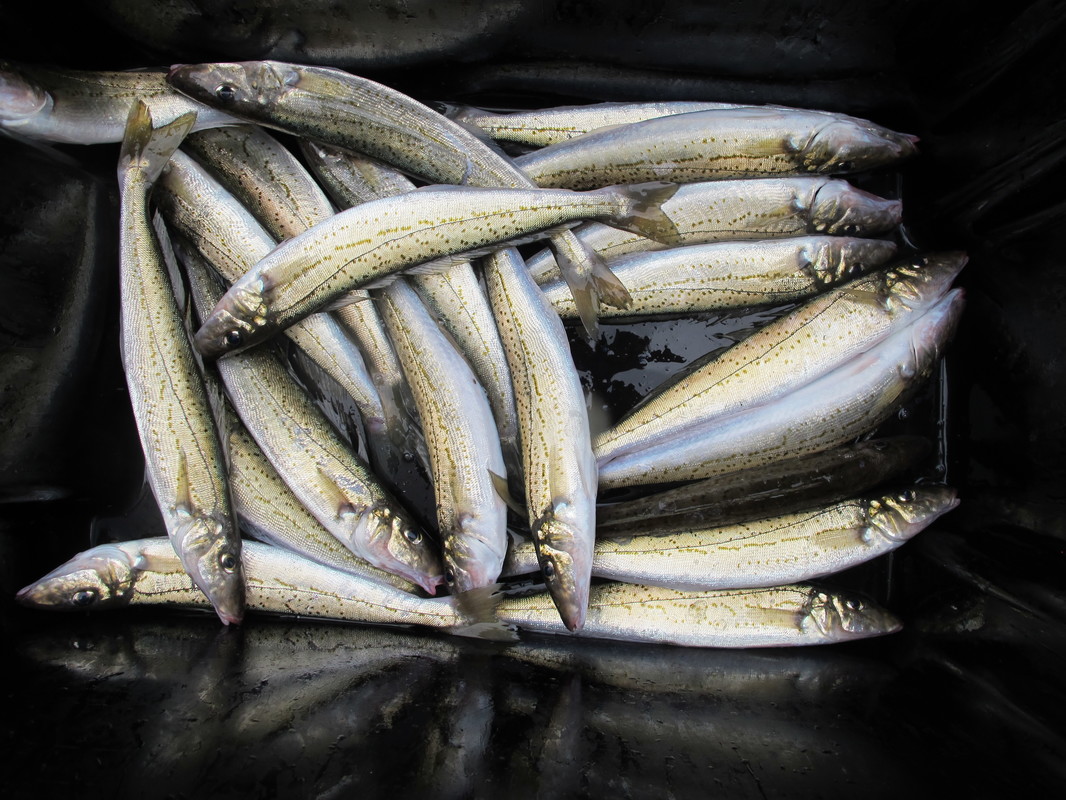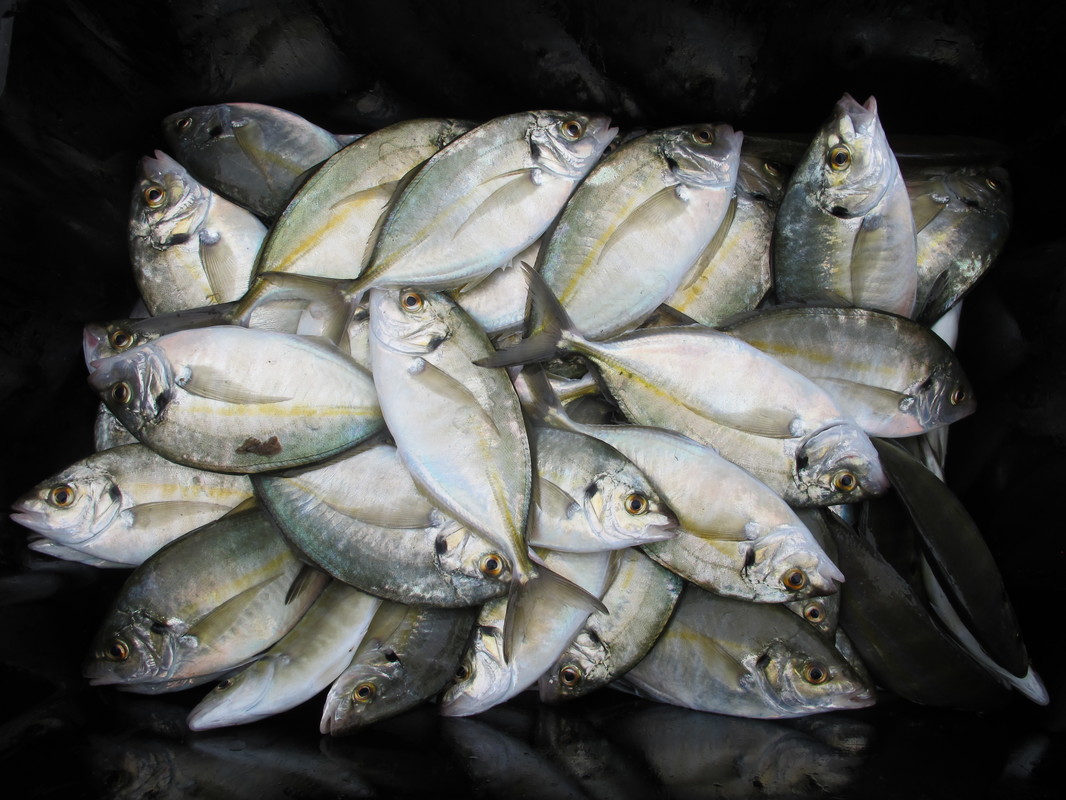A HEALTHY CHOICE
Seafood has always been known as a healthy protein option
|
Seafood is low in fat and high in protein and also contains high levels of essential nutrients, minerals and oils which lead to a healthier diet such as: Calcium, Iodine, Vitamin D, Iron, Vitamin B12, Zinc, and Selenium. Seafood is high in Omega-3 fatty acids called eicosapentaenoic acid (EPA) and docosahexaenoic acid (DHA), long chain omega-3s’. Essentially, Omega-3's are 'good fats' which help lower levels of triglycerides in the blood (fats associated with heart disease) and have been linked to stabilising your pulse. In turn, Omega-3 is vital in reducing blood pressure and preventing the build up of cholesterol. Supplements are often used to get the required Omega-3, but eating Victorian seafood is far more delicious option that supports a sustainable local industry! |
Super seafood
You may have heard that Australian seafood is healthy and safe but do you know why?
The Super Seafood consumer booklet provides the everyday person with understandable and scientifically proven information about Australian seafood. It focuses on the nutritional value of each species in relation to other meats
(Access the PDF by clicking on the picture below).
The Super Seafood consumer booklet provides the everyday person with understandable and scientifically proven information about Australian seafood. It focuses on the nutritional value of each species in relation to other meats
(Access the PDF by clicking on the picture below).

The Australian Seafood Cooperative Research Centre released the results of comprehensive laboratory testing conducted on fresh, Australian wild and farmed seafood. This was the first major update in more than ten years, utilising more advanced testing methods than previous studies. The study was also prompted by a scarcity of nutritional data for key Australian seafood species. Now consumers and industry have an accurate, understanding of what’s in Australian seafood.
The results of this scientific study have confirmed that Australian seafood is healthy, safe to eat and contains vital nutrients and omega 3. All species tested were compliant with Australian regulatory minimum levels for cadmium and lead.
Buying Fresh
While its great that we know local seafood is healthy, delicious and accessible,
we need to know that its fresh, and how to store and freeze it.
we need to know that its fresh, and how to store and freeze it.
|
HOW CAN YOU TELL FISH IS FRESH?
Whole fish:
Fish fillets/cutlets:
|
HOW DO YOU STORE FISH?
Whole fish:
Whole fish and fillets/cutlets:
|
|
HOW DO YOU FREEZE FISH?
Whole fish:
Freezing fillet/cutlets:
|
HOW DO YOU FREEZE CRUSTACEANS?
Freezing lobsters/crabs/yabbies:
Freezing prawns:
|
Proudly powered by Weebly



